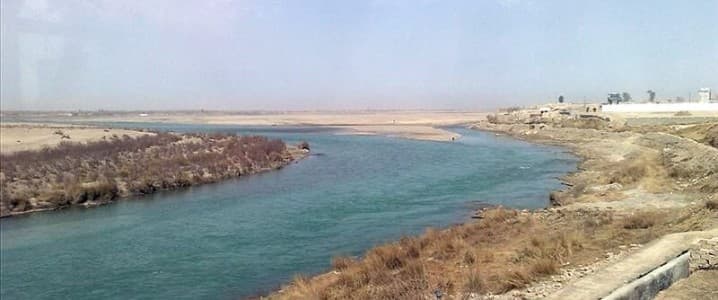some extracts:
In late May, shots were exchanged by Iran’s Revolutionary Guards and the Taliban near a border post in Iran’s Southwest Nimroz province. Each side blamed the other for starting the gunfight that killed two Iranians and an Afghan. The situation was de-escalated, but it came one day after Iran’s president, Ebrahim Raisi, accused Afghanistan of restricting the flow of water from the Helmand River, which flows from Southwest Afghanistan to Eastern Iran. (Iran’s special representative to Afghanistan claimed Iran has only received 4% of the water it is due, and its foreign minister has proposed a joint technical team address the causes of the shortage.)
The Treaty requires Afghanistan to release 850 million cubic meters of water annually from the Helmand River basin to Iran, but is flexible and provides that in low flow years Afghanistan may reduce the flow of water to Iran in proportion to a measured deviation from a normal year. The Treaty specifies the point of delivery of water and that it must be suitable for treatment for domestic or agricultural use.
Iran and Afghanistan can monitor each other to ensure that they comply with the Treaty, but the ongoing violence in Afghanistan before the NATO evacuation may have made effective monitoring difficult. Since NATO’s departure, the Taliban government may suffer from a lack of the technical skills needed to properly manage water resources. In the event of differences, the Treaty provides for an arbitration process. The Treaty has no sunset clause so exists in perpetuity.

